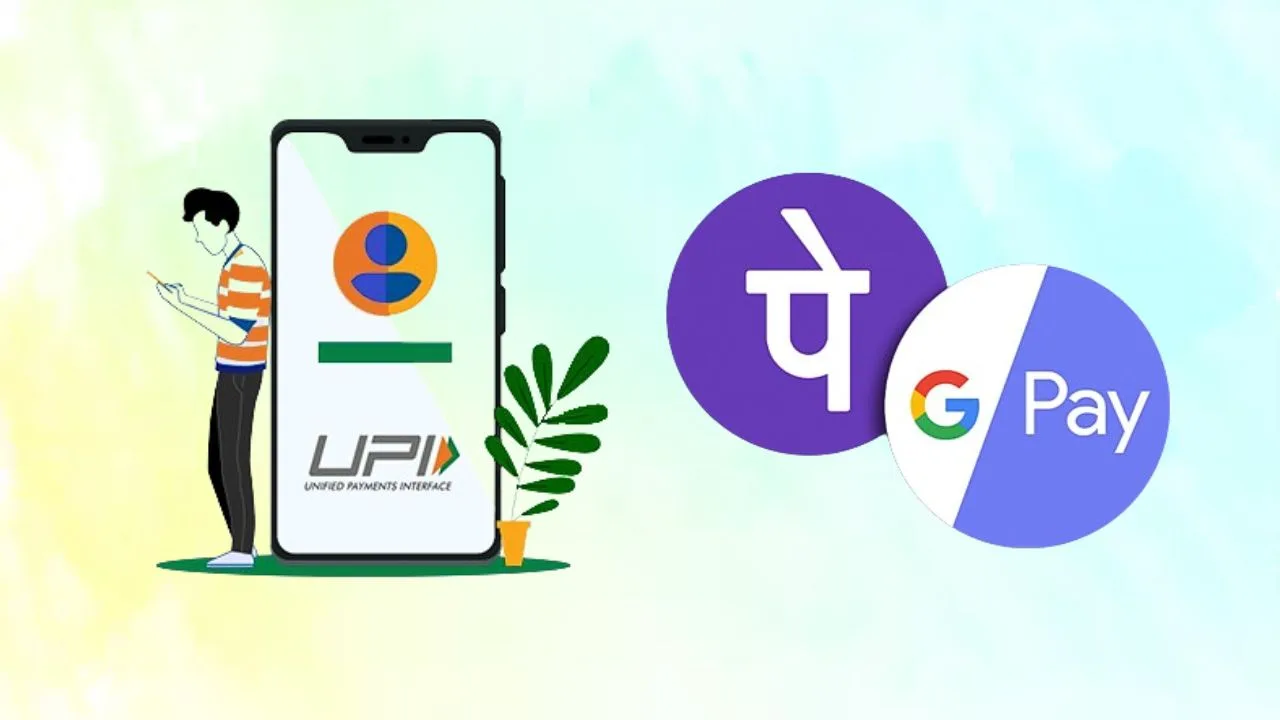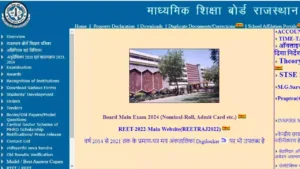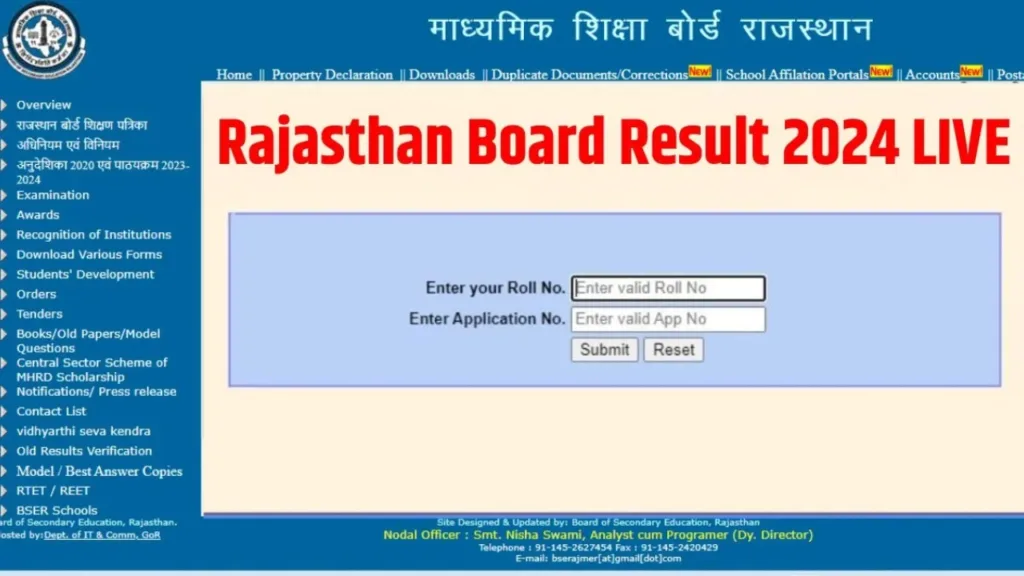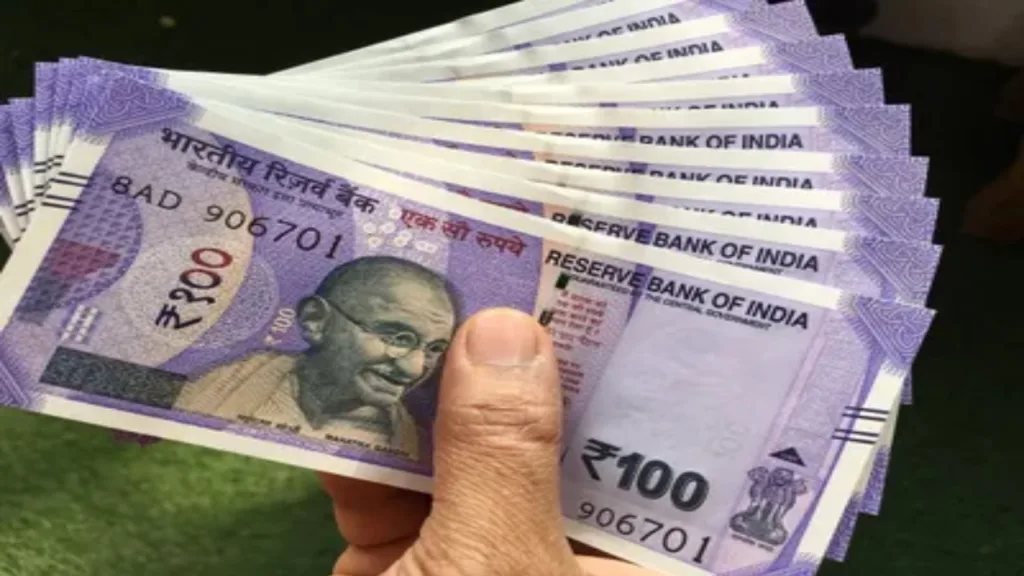For many Indians, UPI apps like Google Pay and PhonePe have become synonymous with everyday payments. From settling bills with friends to paying the local pani puri vendor, UPI’s convenience and speed are unbeatable. But there might be a hitch in this smooth ride soon. The National Payments Corporation of India (NPCI), the governing body of UPI, is discussing potential transaction limits with the Reserve Bank of India (RBI). Let’s delve into the reasons behind this move and what it might mean for your digital wallet.
Why the Talk of Transaction Limits on UPI Apps?
Currently, UPI transactions reign supreme with no cap on the number or value of daily transactions you can make. This freedom has undoubtedly fueled the rapid adoption of UPI. However, the dominance of a few players, particularly Google Pay and PhonePe, which control a whopping 80% of the market share, has raised concerns. The NPCI fears this concentration risk could pose a threat to the overall stability of the UPI ecosystem.
Imagine a scenario where a single app suffers a technical glitch. With such a high market share, millions of transactions could be disrupted, causing significant inconvenience. Limiting transaction volume for individual apps would ensure a more balanced playing field and encourage competition. This, in turn, could foster innovation and potentially lead to even better features and services for users.
How Might Transaction Limits Affect You?
The specifics of any potential transaction limits are still under discussion. However, the NPCI has proposed a 30% volume cap for third-party app providers (TPAPs) like Google Pay and PhonePe. This translates to a situation where no single app can process more than 30% of all UPI transactions in a given period.
While the exact impact on individual users is unclear, it’s unlikely to be a drastic change for most. UPI already has daily transaction limits set by individual banks, typically around ₹1 lakh. So, if you’re a casual user making smaller payments, you probably won’t even notice the difference.
However, for those who rely heavily on UPI for business transactions or frequent high-value transfers, reaching the limit could be an inconvenience. They might need to switch between multiple UPI apps or resort to alternative payment methods like NEFT or RTGS for larger transactions.
What’s Next for UPI?
The talks between the NPCI and RBI are still ongoing, and no final decision has been made regarding transaction limits. It’s important to remember that this is a move to safeguard the long-term health of UPI. Here’s what you can expect in the coming months:
- Further discussions: The NPCI and RBI will likely iron out the specifics of any proposed limits, considering industry feedback and potential user impact.
- Transparency and communication: Once a decision is reached, the NPCI and app providers will clearly communicate any changes to users well in advance.
- Potential for innovation: A more balanced UPI ecosystem could pave the way for exciting new features and services from various app providers, ultimately benefiting users.
The Bottom Line: UPI’s Future Looks Bright
While the introduction of transaction limits might be a slight adjustment for some users, it shouldn’t significantly disrupt your daily UPI transactions. It’s a move towards a more robust and competitive UPI landscape, which can only benefit users in the long run. So, keep an eye out for updates and continue enjoying the convenience of UPI for your everyday payments!














